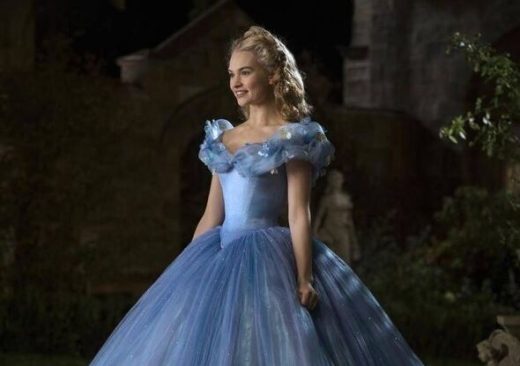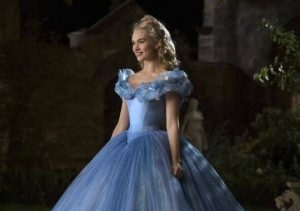How These Travel Traditions Got Started
Travel is a medium marked by tradition. For centuries, generations of travelers have been marking milestones and celebrating their journeys in ways that are still celebrated among travelers today. But what are the origins of the Bon Voyage fruit basket, and what exactly happens when a traveler crosses the equator for the first time?
It’s important to note that few travel mediums started completely from scratch. Modern paved roads traversed by automobiles are typically built atop coach roads, which were previously footpaths, which were previously animal footpaths. New modes of travel borrow from older ones—airlines routinely use railroad terms like “mainline” and “station,” or nautical ones like “Captain” and “Purser.”
Many travel traditions that exist in some form today originated at sea. Ever wondered where the idea of the Bon Voyage fruit basket came from? Bon Voyage sendoffs date back to the earliest days of Age of Sail, when civilians first undertook ocean voyages as passengers. At the time, the parties often took on an air of a farewell, for sea journeys were difficult and often fatal.
It was also expected of early ocean-going passengers that they bring enough of their own provisions to sustain themselves for the voyage (meals weren’t routinely included in passage fares until the mid-19th Century). Because of this, well-wishes often helped supply travelers for the journey.
Fruit baskets were a popular gift, particularly as once the fresh provisions ran out, travelers were usually left eating salted meat and ship’s biscuit (dry, hard crackers). It was not until the mid-19th Century that the crossing could be undertaken quickly enough that the contents of a fruit basket would generally survive, but by then, onboard meals were typically included in the passage fare.
Another tradition observed on both passenger and naval ships that may continue for today’s travelers is the tradition of crossing the equator, known as “Crossing The Line.” These celebrations would range from tame to quite wild indeed, particularly on all-male naval vessels. The celebration typically involves some sort of good-natured spectacle of embarrassing first-time crossers.
When it became more common to cross the equator by air, the tradition largely subsided, although some early airline captains would lightly raise and lower the aircraft slightly while crossing the line to give the pleasurable illusion of “crossing the bump”.
Oceangoing passengers today may notice that the Captain typically gives an update each day at noon, covering the ship’s progress in the last 24 hours. It has long been a maritime position to provide a daily update to the Captain each day at noon, covering topics such as the ship’s performance, navigation and provisions.
Atlantic liners would post this information for the benefit of their passengers, and this gave rise to another nautical tradition: the ship’s pool, allowing passengers to wager on the length of the ship’s daily runs.
Ocean cruising itself is another travel tradition that is relatively new. The first ocean liner to sail completely around the world for purposes of pleasure was the Cunard Line’s Laconia, which made a four-month, around-the-world voyage from New York to New York in the winter of 1922. American Express chartered the ship specifically for the voyage, which made 22 port calls over four months.

Honeymooning is another travel tradition that by some accounts originally began in Great Britain, when the bride and groom of a certain social rank traveled immediately after the wedding to visit relatives who were unable to attend (essentially a “wedding roadshow”). This type of post-wedding journey eventually morphed into the leisure vacation of the modern honeymoon.
A related British travel tradition is that of the Grand Tour, which began with the aristocracy in the mid 17th Century. Following university, sons (and sometimes daughters) would embark on a multi-year journey to “the Continent,” generally seeking the trappings of the Renaissance and Classical antiquities that they’d spent their time studying at Oxbridge.
Their numbers grew during the 19th Century when the advent of rail travel made such a journey easier and more affordable, and the Americans joined the tradition in earnest in the 1920s, when new U.S. immigration restrictions slowed arrivals from Europe to a trickle, and steamship companies were forced to find new sources of passenger traffic for their cheapest accommodations.
Cramped steerage accommodations were given upgrades, often in the form of converting open dormitories to semi-private shared rooms, with the marketing label “Tourist Third Cabin” (in the case of Cunard). The new products were affordable even to Americans of modest means, and a generation of travelers flocked to the Continent they’d just fought a war defending.
The Roaring 20s also saw the revival of the “Bon Voyage Party” tradition, for at the time visitors were allowed onboard ships to see off passengers prior to departure. Multiple calls of “All Visitors Ashore” were traditionally ignored, as many made a game of waiting until the absolute last minute to disembark. Those who cut it too close and ended up accidental passengers could avoid having to pay the passage fare by leaving the ship with the harbor pilot once the vessel had cleared port.
The Grand Tour even still exists today in some forms such as the university “gap year,” or the school field trip to Europe.
You may be interested

Hollywood star unrecognisable as King Herod in epic Massacre of the Innocents film trailer
admin - Apr 05, 2025[ad_1] A Hollywood star is unrecognisable in the first epic trailer for Zero AD, a Massacre of the Innocents movie…

Ben Affleck says Netflix film is 'underrated masterpiece' that has 'stayed with us'
admin - Apr 05, 2025[ad_1] The actor has named his favourite films and one that inspired his recent release [ad_2] Source link

Cinderella fans say one thing about remake as Disney original celebrates 75 years
admin - Apr 05, 2025[ad_1] Disney has remade plenty of its animations into live action films - and fans are divided about which are…
Leave a Comment
You must be logged in to post a comment.


















